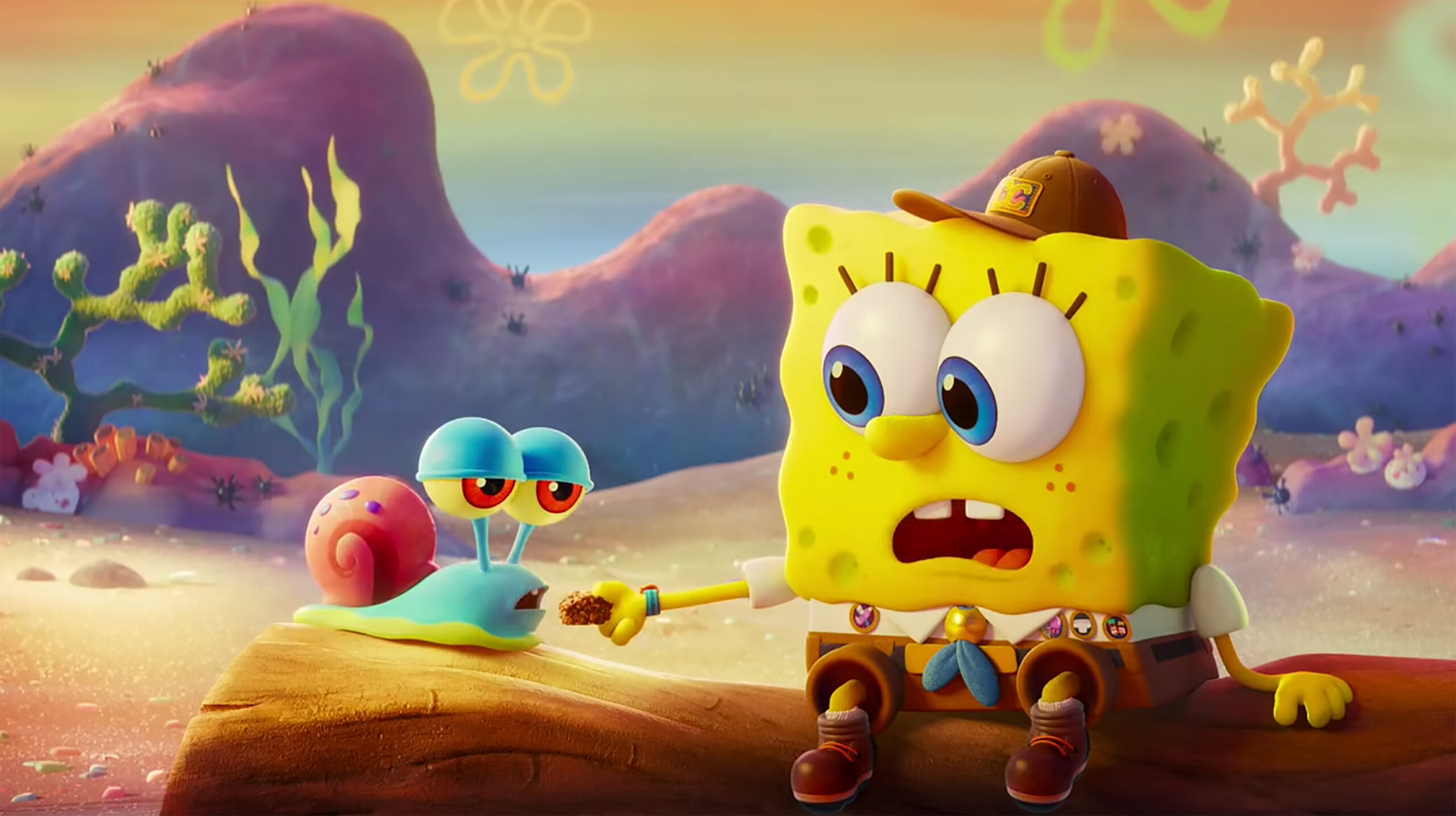

In general, sponges feed by filtering bacteria from the water that passes through them. The volume of water passing through a sponge can be enormous, up to 20,000 times its volume in a single 24 hour period. Sponges are capable of regulating the amount of flow through their bodies by the constriction of various openings. This moving water creates an area of low pressure above the excurrent openings that assists in drawing water out of the sponge. The water movement through some sponges is aided by ambient currents passing over raised excurrent openings. This flow is actively generated by the beating of flagella. Water flowing through sponges provides food and oxygen, as well as a means for waste removal. Sponge crawl away when you reached out for


This sponge/crab association results in a sponge that gets around. Used by a hermit crab an unusual associationĪnd studied by Floyd Sandford) can be formed. Another interesting thing can happen when a sponge settles Gastropods, and the colonial skeletons of corals by slowly etching away chips ofĬalcareous material. Important for sponge ecology under natural conditions. They are sessile, though it has been shown that some are able to move slowly (up

Sponges are ubiquitous benthic creatures, found at all latitudesīeneath the world's oceans, and from the intertidal to the deep-sea. Spongillidae, an extant group of fresh-water demosponges whose fossil recordĬretaceous. They are predominantly marine, with the notable exception of the family Trending Questions What are The foundations of modern astronomy developed out of what renaissance discovery? Where in our galaxy are we more likely to see stars form? The diagram below which is not drawn to scale shows the position of the Earth Moon and Sun.Sponges come in an incredible variety of colors and an amazing array of shapes.


 0 kommentar(er)
0 kommentar(er)
